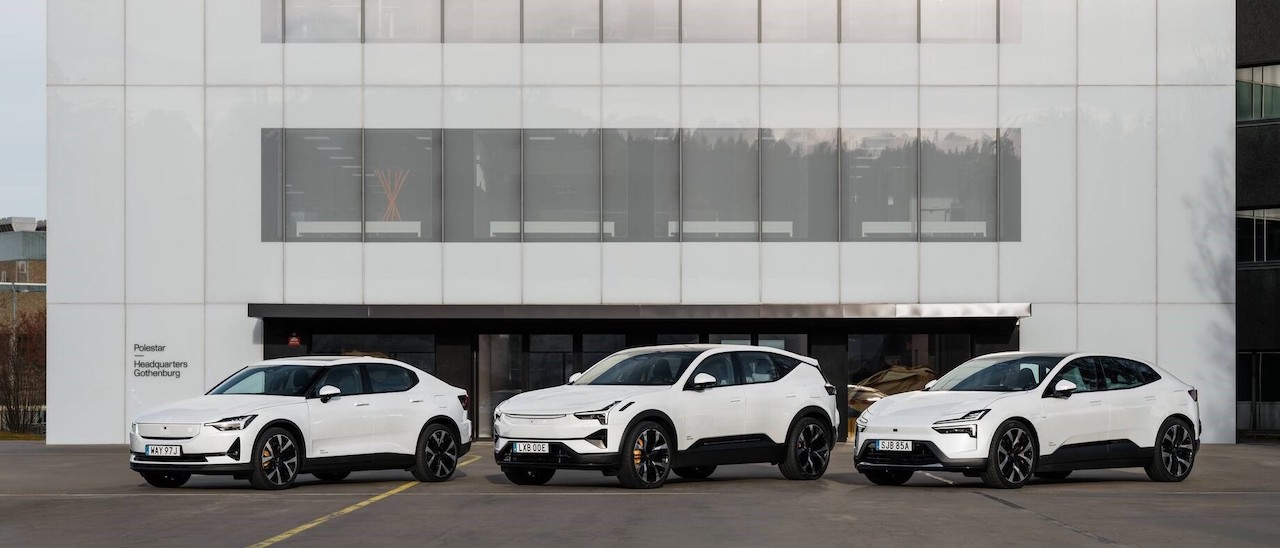
Another bold contender is entering the European automotive market, already under pressure from the energy transition and competition with low-cost Chinese models. Polestar, a Swedish electric vehicle (EV) brand owned by the Chinese giant Geely, has announced a major milestone: 2025 will mark the debut of its new compact SUV, Polestar 7, produced in Europe.
Polestar 7: driving growth in the premium compact SUV market
The Polestar 7 follows the launch of the Polestar 5, a high-performance electric grand tourer. This move underscores Geely’s ambitious growth strategy for Polestar, as outlined by CEO Michael Lohscheller, who joined the company just four months ago.
The Polestar 7 targets the rapidly expanding premium SUV segment, known for its profitability. Production will take place in Europe, emphasizing the company’s localized approach to expansion. Polestar already manufactures vehicles in the US, South Korea, and China, making Europe a strategic addition to its global production footprint.
A strategic shift for polestar
From its inception, the automaker focused on direct-to-consumer online sales. However, the company is now accelerating its retail expansion with plans to grow annual sales volumes by 30-35% between 2025 and 2027 and achieve a positive adjusted EBITDA by 2025.
“We are building on Polestar’s solid reputation for design and performance. However, significant changes are needed to turn this respected, progressive brand into a sustainable, profitable business. By expanding our retail presence and reshaping our commercial approach, we anticipate 2025 will be the strongest year in Polestar’s history,” Lohscheller stated.
Polestar plans to establish 70 to 130 retail locations in Europe and North America, up from its current 36 to 57. At the same time, the direct-to-consumer online sales channel remains intact, offering customers flexibility in how they purchase their vehicles. This dual-channel strategy has already shown success, particularly in markets like France.
Polestar Energy: smarter, more sffordable home charging
The automaker is also introducing a new home charging solution called Polestar Energy, designed to make charging more efficient and cost-effective in key European markets. By leveraging the Polestar Energy app, customers can reduce home charging costs by up to 30%.
In addition, Polestar Charge offers access to a network of over 850,000 charging points, including Tesla Superchargers, across Europe. This aligns with the brand’s commitment to providing comprehensive infrastructure for EV owners.
Green Credits: a profitable opportunity
Polestar is tapping into the lucrative market of green credits, selling them to internal combustion engine (ICE) vehicle manufacturers striving to meet EU emissions targets. According to industry projections, demand for green credits will increase significantly, potentially generating billions of dollars annually for companies like Polestar.
However, this revenue stream is not without risk. Policymaker and automaker pressure could lead the European Commission to revise CO2 reduction targets, potentially impacting the green credit market.
With its sights set on 2025, Polestar is preparing for a transformative chapter. The introduction of the Polestar 7 and a strategic shift in sales and infrastructure demonstrate the company’s determination to lead in the fast-changing EV market.